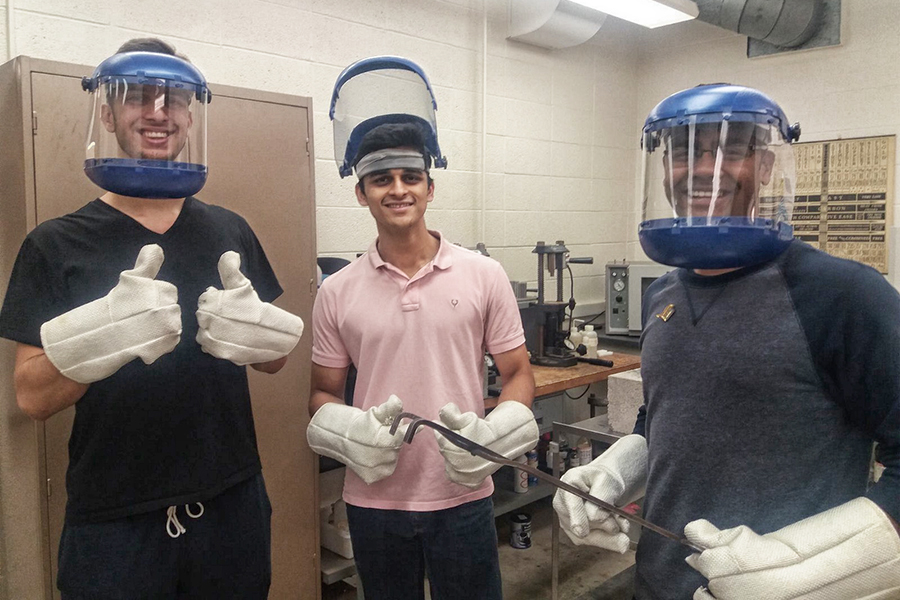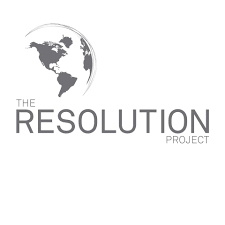I was born into a family of nine in the Lalitpur district in Kathmandu Valley, Nepal. My father worked up to 16 hours per day to provide for me and my six siblings. I hated the fact that I was born into a poor, undeveloped country.
Throughout my childhood, I faced many social and financial struggles. When I was in 5th grade, I was constantly mocked by my school teachers and eventually kicked out for not being able to pay for my studies. I grew up hearing stories of failures and disappointment, which almost made me believe that I too was not capable of changing my situation.
If you like this, subscribe here for more stories that Inspire The Future.
Fueled by the desire to overcome my financial limitations, at the age of 14, I began to earn money by selling pens to my classmates, and, later on by the age of 15, by working in a mechanical workshop. I began to make more money, which I used to buy and sell cell phones at a marked-up price. After graduating from high school with a background in welding and machining, I started working as an independent contractor. I began to execute business deals with many national and international agencies, including the United Nations, which was one of my biggest clients. It was at this time, in 2013, that I realized I could use my skills, hard work, and dedication to become a successful social entrepreneur.
The impact that I could make through social entrepreneurship became more evident after the devastating earthquake hit my home country in 2015. This earthquake killed over 9,000 Nepalese and affected millions of others. Due to the aftershocks, my family and I, alongside thousands of others, were forced to flee our homes and live in open, desolate fields.
In these hard times, as I looked at the suffering of everyone around me, I felt the need to use my skills and expertise in welding and machining to help my fellow community members in need. I began by making improvised shelters from scraps of trash and bamboo that were strewn all across the field we were living in. I vividly remember building one such shelter for a terrified old woman. The serene sense of security that came with having a roof over her head motivated me to further my relief efforts.

Soon after this encounter, I started working with one of my previous business colleagues, Caleb Spear, who had conceived of the idea for a relief project called Portable Shelters. The idea was to create metal shelters that could be mass-produced in a short amount of time. We put our building skills to use and fabricated a working model for the shelters. Fueled by donations and help from approximately 130 organizations and individuals, including young people, we were able to provide more than 5,300 shelters for over 26,000 earthquake victims.
These temporary shelters were constructed using bent metal pipes, corrugated sheets, reinforced rods and metal wires. The bent pipes were attached to reinforcing rods, which were stumped onto the ground. Next, the corrugated sheets were put over the bent pipes and then tied on using metal wires in order to create an igloo-shaped structure. The survivors who received these structures then used salvaged parts to cover the open ends by building walls with doors and windows salvaged from their old houses. When we started, our goal was just to help as many people as we possibly could. We certainly did not expect to reach such a large number of people. But, through our hard work and dedication, we were able to provide much-needed relief to communities.
After the earthquake, I had the opportunity to pursue higher education at the University of Rochester. During my time in the United States, however, I was constantly wondering what I could continue to do to help the people of my country, and particularly the hundreds of thousands of children whose schools had been destroyed, and whose education had been put in peril. One school located in Chautarale, Nuwakot, had been completely destroyed, leaving 70 students and 4 teachers studying in the fields, with only a tarpaulin for protection.

In response, I initiated a project through which earthquake-resistant technology could be used to rebuild the school. I presented this idea at a Resolution Social Venture Challenge during the Youth Assembly at the United Nations in 2017, and was fortunate enough to win a Resolution Fellowship, which included seed funding to launch my project. With further fundraising, I was able to implement my idea, and successfully rebuilt the school in Nuwakot this past summer. I am happy to report that 25 students and 4 teachers are now back in school.
One of the main reasons why I am working in the education sector is that even with my difficult upbringing, I was fortunate to get an education. However, there are a lot of students back in Nepal who do not have any access to education, so I feel a great need to give back. By building schools, my team and I are not just investing in the education of these children’s future, but we are also building their future and helping to uplift the next generation of Nepal. As I continue to learn and grow, I plan to build more schools in the most affected areas and help even more children who are less fortunate than I am.
Suman Kumar is a Fellow of The Resolution Project
If you like this, subscribe here for more stories that Inspire The Future.




































